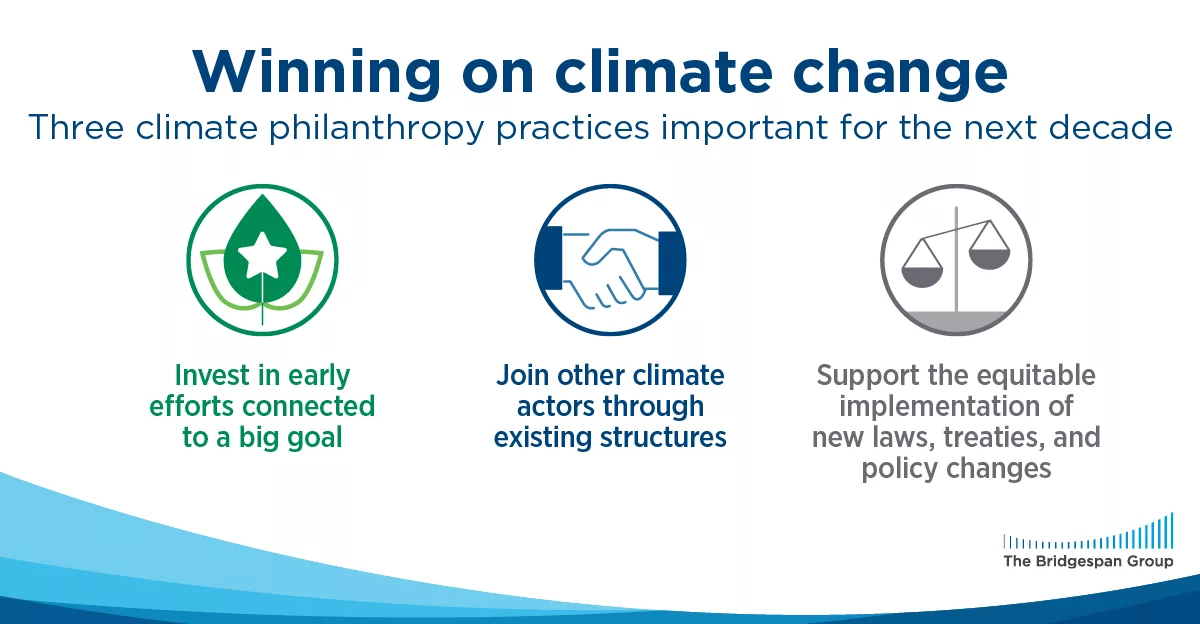
The Ultimate Guide to Tackling Climate Change Foundation Issues in 2025
Are you ready to tackle the biggest climate change foundation issues facing us in 2025? With extreme weather effects becoming more frequent, understanding how these changes impact your home’s foundation stability is crucial. Foundation problems like soil movement and flooding impact can compromise your house’s structural integrity. You’re not alone in this journey-many are looking for ways to manage these challenges effectively.
Imagine the peace of mind that comes from knowing your home is safe from the impacts of storms and droughts. By exploring the latest climate resilience policies and climate adaptation strategies, you can mitigate damage and ensure your property stands strong against rising sea levels and other climate change impacts. Discovering new research and technologies can empower you to make informed decisions about foundation repair and home safety.
Don’t let climate change catch you off guard. Dive deeper into how you can protect your home and embrace climate-resilient technologies. Your knowledge can make a difference-let’s explore how together!
Within the post
Understanding Climate Change Foundation Issues
Identifying Key Concerns
When you think about foundation stability concerns, you’re considering how solid the ground is beneath your feet. Changes in the environment, especially due to climate change, can cause the ground to shift. This means that the solid base that supports your home might not be as stable as you think. Keeping an eye on your foundation is important given the changes happening around the world.
Impact on Structural Integrity
Now, think about the structural integrity of your home. Climate change can cause many problems for the structure itself. As it affects the ground that supports your house, it can also weaken the materials that make up your walls and roof. You want to maintain home safety standards always. By doing regular checks and updates, you help your home withstand these environmental changes.
Preparing for Future Challenges
It’s wise to start planning for foundation repair even before you notice any issues. Climate change foundation issues are not just a problem for the present but also something you need to consider for the future. By preparing now, you can save yourself from more costly repairs later.
Effects of Soil Movement
Imagine the ground under your home as a giant sponge. When it gets wet, it swells up, and when it dries out, it shrinks. This is how soil movement affects foundations. It can cause cracks and other problems that might make your home unsafe.
Causes of Soil Movement
One major cause of soil movement is extreme weather effects. Heavy rains and storms can soak the ground, while hot and dry spells can dry it out. This constant change creates pressure on your home’s foundation. Recognizing the flooding impact on soil is crucial, as too much water can make the ground too soft. On the other hand, drought impact leads to soil instability by making it hard and cracked.
Mitigating Soil Movement
To keep your home safe, you need strategies to reduce risks associated with soil movement. First, improve drainage systems around your home. This helps direct water away and reduces the chance of flooding. You can also use soil stabilization techniques like planting certain types of vegetation to hold the soil together. Monitor changes regularly to catch early signs of trouble.
- Improve drainage systems.
- Use soil stabilization techniques.
Extreme Weather Effects on Foundations
The weather plays a huge role in foundation stability. Floods and droughts affect how the ground behaves, and therefore, how your home’s foundation holds up.
Flooding Impact Assessment
Flooding causes foundation issues by soaking the soil around your home, making it unstable. You need to prepare for potential damage by ensuring water diversion works effectively. This means checking that your gutters are clear and your downspouts are directing water away from your foundation.
Drought Impact Analysis
Drought leads to soil shrinkage, causing your foundation to settle unevenly. This is because the lack of water makes the soil hard and cracked. You might notice cracks in your walls or floors because of this uneven settling.
Adapting to Weather Changes
Adapting to these changes is essential to ensure your home safety. Inspecting your home regularly for signs of damage is a good habit to form. Look for cracks or shifts and address them promptly.
Repair Measures
If you find that your foundation needs help, consider professional foundation repair. They can provide solutions tailored to your specific issues. Always prioritize structural soundness to keep your home safe and secure.
Foundation Repair Solutions
Types of Repairs
Discovering various repair methods is the first step in fixing your foundation issues. From minor crack repairs to more comprehensive structural reinforcements, knowing what’s available can help you make informed decisions.
Cost Considerations
Understanding repair costs and budgets is crucial. Repairs can be expensive, but they are essential for your home’s safety. Assess long-term financial impacts to see how repair costs fit into your budget. Balancing quality with affordability ensures you get the best service without breaking the bank.
Choosing Reliable Contractors
When it comes to fixing your foundation, you should research contractors thoroughly. Check reviews, ask for references, and make sure they are licensed and insured. This will help you find a trustworthy professional.
Maintaining Repaired Foundations
Once your foundation is repaired, you need to keep up with regular maintenance. This includes checking for new cracks and ensuring that drainage systems are functioning properly. By doing this, you prevent future damage effectively and keep your home in good shape.
Ensuring Home Safety
Inspecting Your Home
Regularly check for foundation issues as part of your home maintenance routine. Look for signs like cracks, gaps, or doors that won’t close properly. Early detection can save you from major repairs.
Securing Structural Integrity
To reinforce vulnerable areas, you might need to add supports or adjust existing structures. Ensuring stability and safety should always be a priority. Don’t hesitate to consult experts when needed, as their guidance can be invaluable.
Long-Term Home Safety Plans
Plan for future climate impacts by staying informed about local climate changes and possible weather events. This can help you take preventative measures and keep your home safe in the long run.
Monitoring and Adapting to Changes
Staying updated on climate impacts helps you make informed decisions about your home’s foundation and overall safety. Knowledge is power when it comes to adapting to a changing environment.
Utilizing Technology for Monitoring
Using tech tools for monitoring your foundation can give you real-time updates on any changes. There are apps available that provide instant alerts and information, helping you respond quickly to changes in your foundation’s condition.
Community Action and Support
Joining local safety initiatives can provide you with resources and support. Share knowledge and resources with neighbors to create a stronger community. This way, everyone can be better prepared for the challenges of climate change.
Proactive Adaptation Strategies
Developing proactive adaptation plans involves working with experts to understand the best ways to protect your home. By collaborating, you can ensure that you are taking the right steps to protect your home from potential threats.
Moving Forward with Confidence
Tackling climate challenges helps you protect your home and ensure its stability. By understanding the impacts of extreme weather and soil movement, you can take proactive steps to secure your living space. This knowledge not only safeguards your property but also contributes to a more resilient environment. You have the power to make a difference, starting with your own home.
To begin making positive changes, assess your home’s foundation for any visible signs of damage. Contact a professional if you notice cracks or shifts. Additionally, stay informed about local weather patterns and their potential effects on your property. This awareness will help you make timely repairs before issues escalate. Implementing these simple steps can strengthen your home’s safety and structural integrity.
Start today. Evaluate your surroundings and take the first step towards maintaining a safe environment. By taking action now, you contribute to a better future. Your choices today have the power to create a more sustainable and secure tomorrow. Embrace this opportunity for change, and let’s work together towards a stronger, more resilient world.

